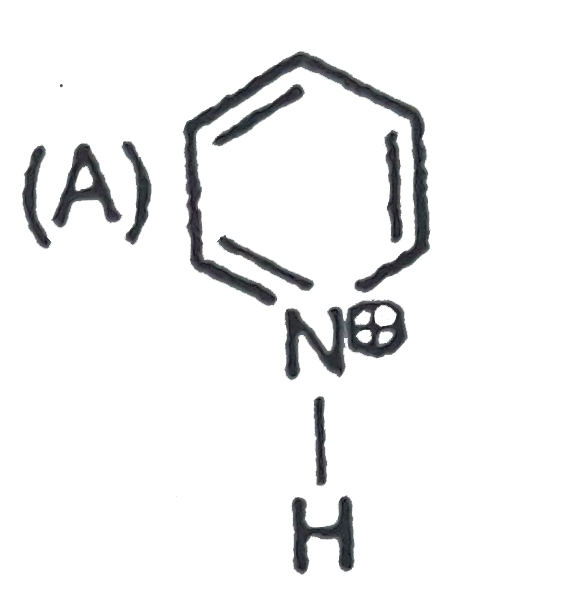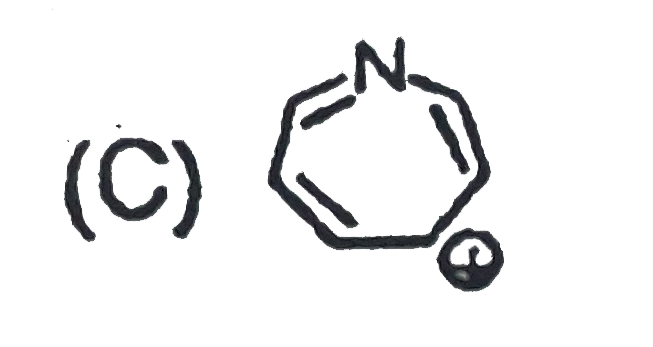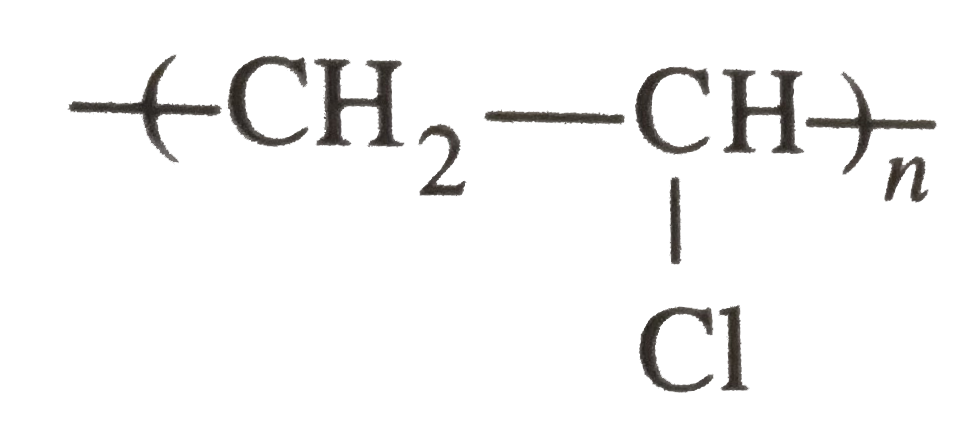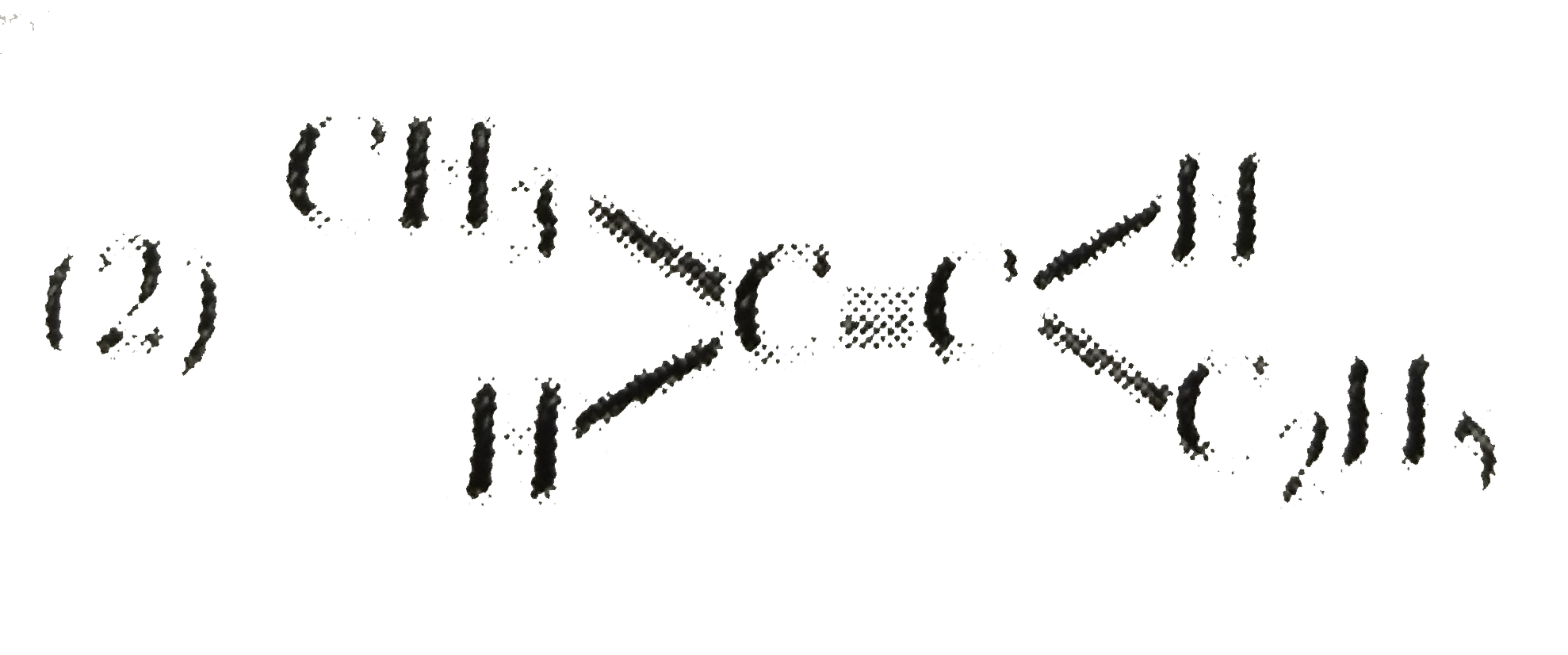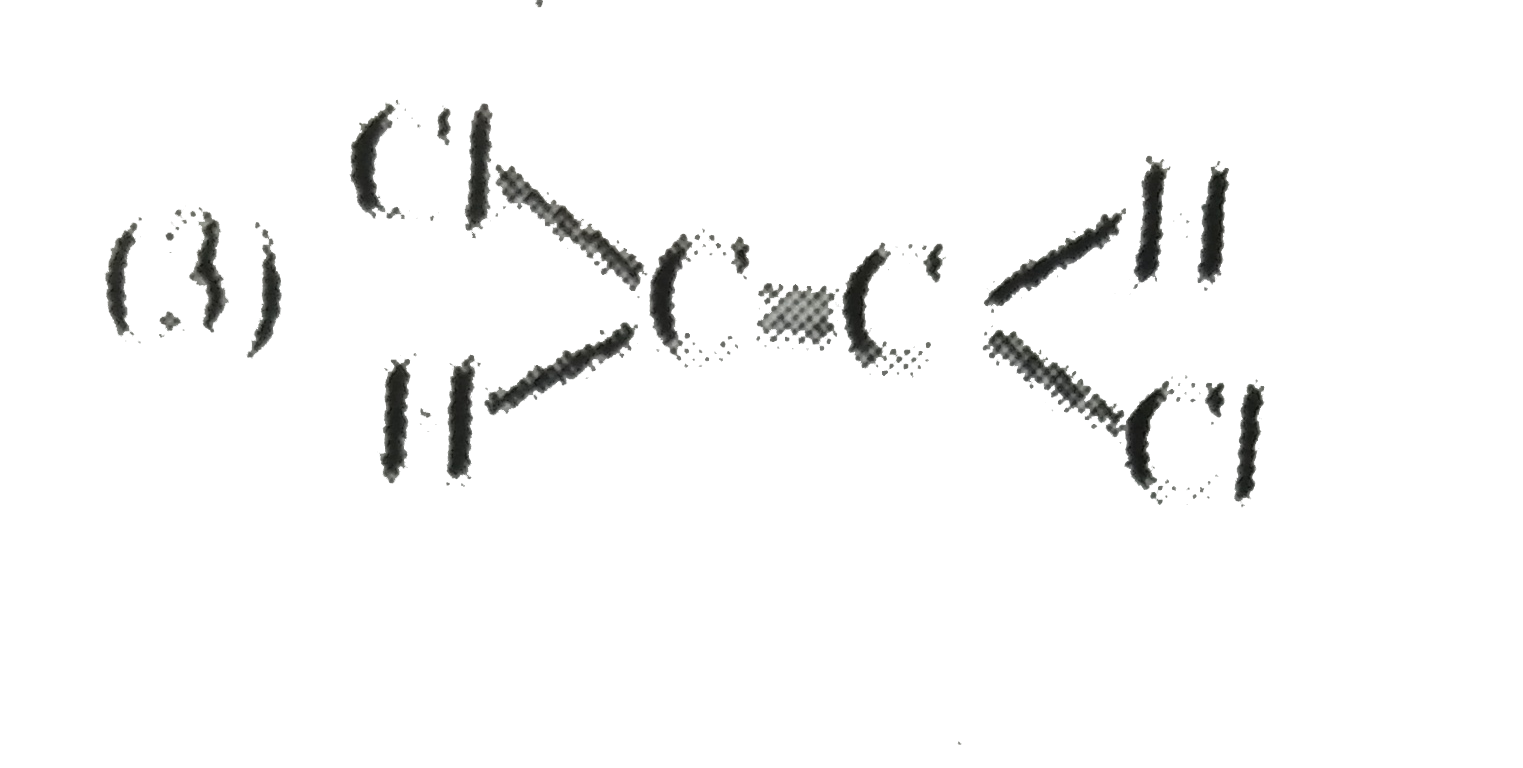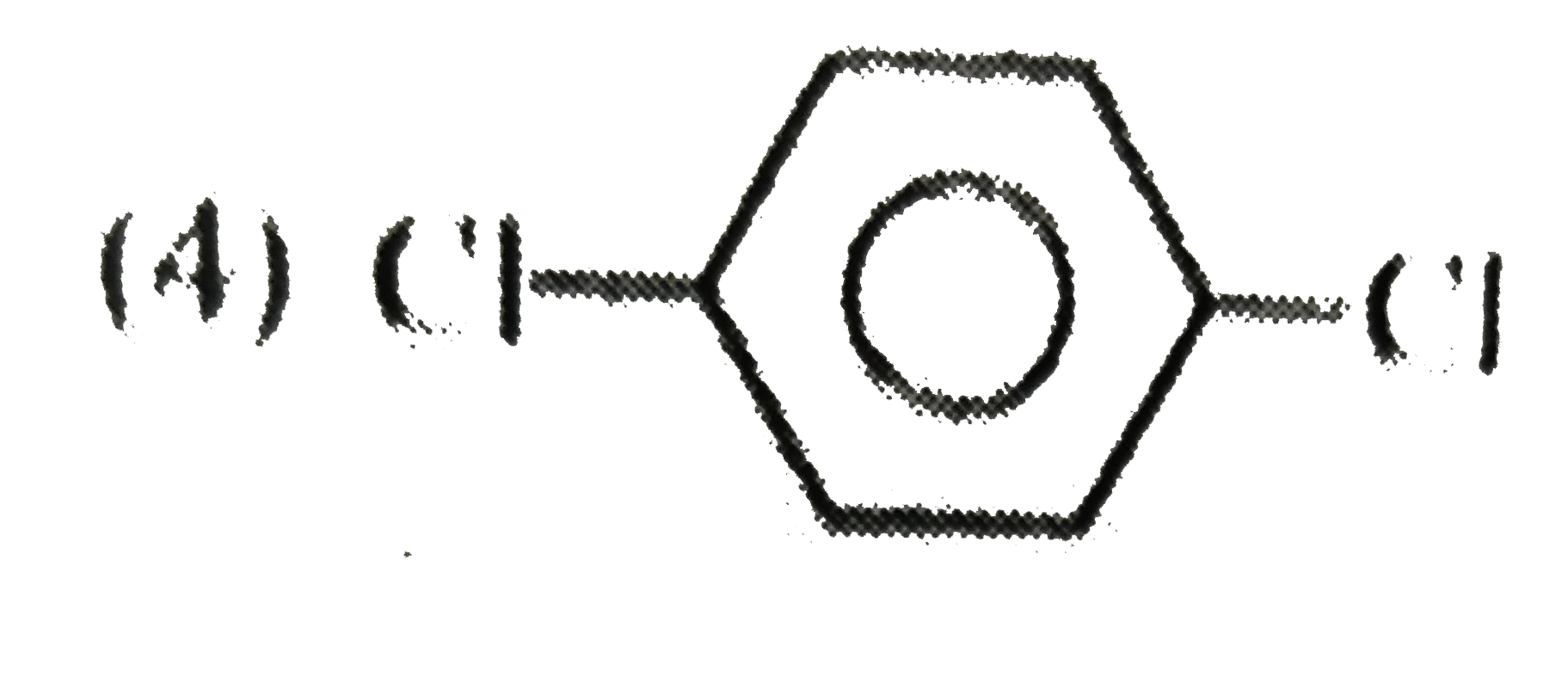Explore topic-wise InterviewSolutions in .
This section includes InterviewSolutions, each offering curated multiple-choice questions to sharpen your knowledge and support exam preparation. Choose a topic below to get started.
| 20151. |
Write the structures of the following compounds: (i) alpha-Methoxypropionaldehyde (ii) 3-Hydroxybutanal (iii) 2-Hydroxycyclopentanecarbaldehyde (iv) 4-Oxopentanal (v) Di-sec-butyl ketone (vi) 4-Fluroacetophenone. |
Answer» SOLUTION :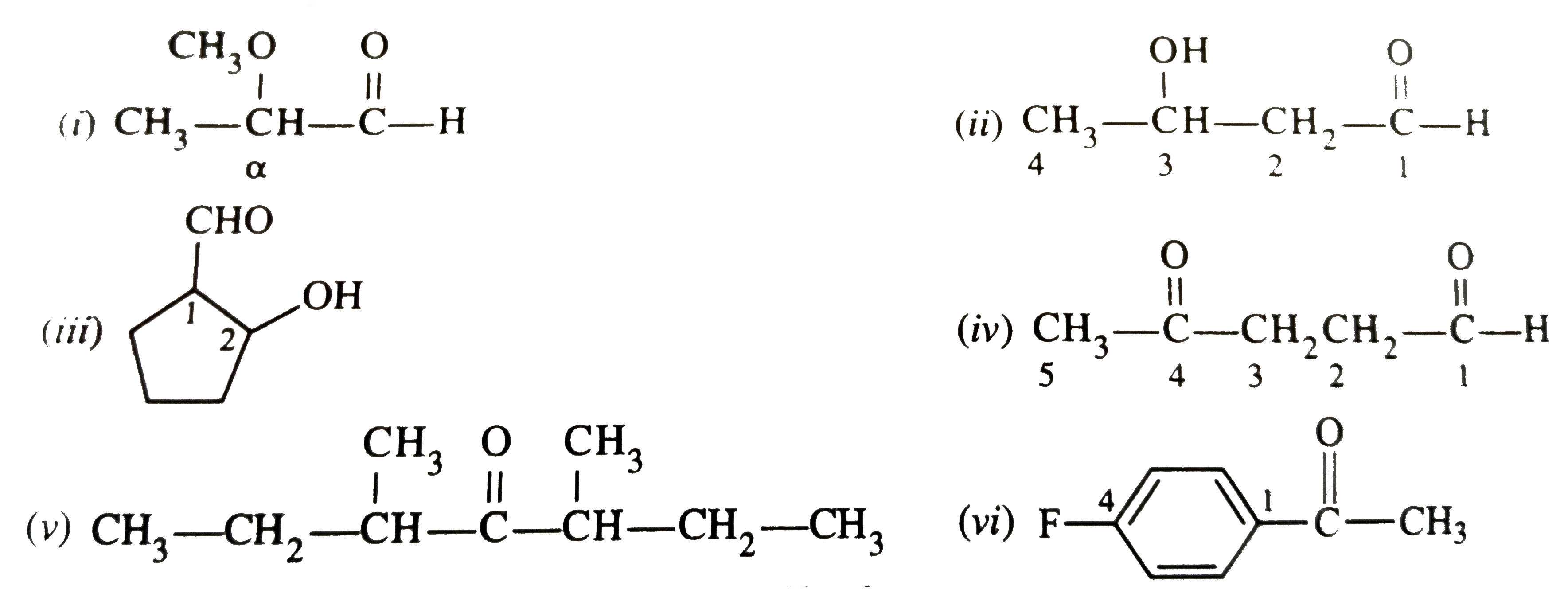
|
|
| 20152. |
Write the formulae for the follow Co-ordination compounds Dichlorido bis-(ethane-1,2-diamine) platinum (IV) nitrate |
| Answer» SOLUTION :`[PtCl_2(EN)_2](NO_3)_2` | |
| 20153. |
When a mixture of concentrated aqueous solutions of sodium salts of two monocarboxylic acids is electrolysed, a mixtureof ethane, propane and butane is obtained at the anode. The two acids are- |
|
Answer» `CH_3COOH,CH_3CH_2COOH` |
|
| 20154. |
Which of the followingis nota biopolymer ? |
|
Answer» PROTEINS |
|
| 20155. |
Which of the folllowing ion will be aromatic in nature ? |
|
Answer»

|
|
| 20156. |
The shield effect of electron decreases in the order |
|
Answer» `f GT d gt p gt s` `s gt p gtd gt 4f gt 5t.` |
|
| 20157. |
Which of the following compounds does not have a carboxyl group ? |
|
Answer» BENZOIC ACID |
|
| 20158. |
The species with all paired electrons exhibit …… |
| Answer» SOLUTION :DIAMAGNETISM | |
| 20159. |
What is the formula of Diaquadiododinitrito -k O palladium (IV) ? |
|
Answer» `[Pd I_(2)(ONO)_(2)(H_(2)O)_(2)]` |
|
| 20160. |
What is carbylamine reaction? |
|
Answer» Solution :Reaction between a primary AMINE with `CHCl_3` in presence of KOH, leading to the formation of an ISOCYANIDE is known as CARBYLAMINE reacton, e.g., ` (##KAL_KLC_ISC_CHE_XII_C13_E02_132_S01.png" width="80%"> |
|
| 20161. |
Thermodynamic standard conditions of temperature and pressure are |
|
Answer» `0^(@)C and 101.3` KPA `T = 25^(@)C = 25 + 273 = 298`K `P = 1` atmosphere. |
|
| 20162. |
Which one of the following statements about starch is correct? |
|
Answer» It occurs in the cell wall of plants |
|
| 20163. |
Which of the following relations gives the mathematical expression for the combined first and second law of thermodynamics? |
|
Answer» `DeltaG=VDeltap-SDeltaT` |
|
| 20164. |
Write the principle involved in zone refining . |
| Answer» SOLUTION :The IMPURITIES are more soluble in the MOLTEN state of METAL than in solid state. | |
| 20165. |
The temperature at which the root mean square speed of SO_2molecule is same as that of methane at 27^@ C. |
|
Answer» 600 K |
|
| 20166. |
What is the monomer unit of protein ? Give two examples of monomers , one of which contains sulphur. Write the zwitterionic form of one of them. |
Answer» SOLUTION :The monomer unit of proteins is `alpha`-amino acids. TWO examples and their zwitterionic FORMS are : 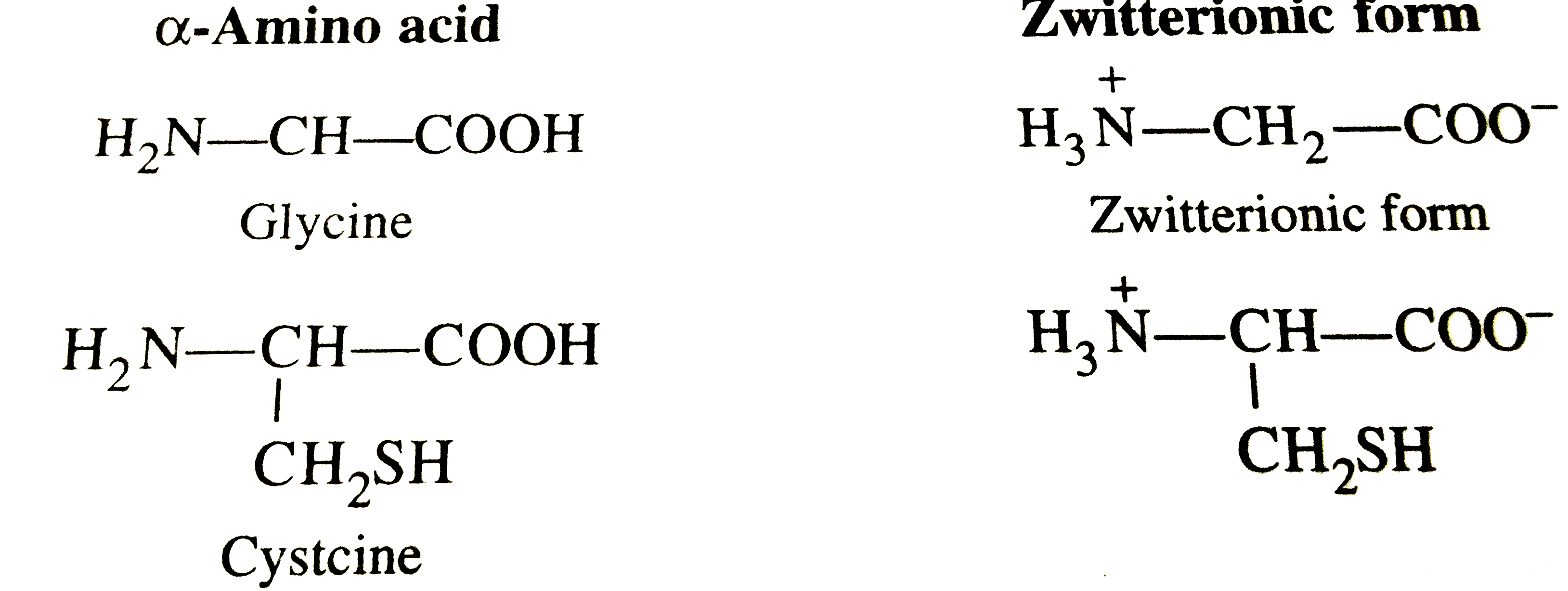
|
|
| 20167. |
Which of the following statements is not correct. |
|
Answer» Some antiseptics can be ADDED to soaps |
|
| 20168. |
Which is the correct order of ionic sizes (At. No. : Ce=58, Sn=50, Yb=70 and Lu=71) |
|
Answer» `CegtSngtYbgtLu` |
|
| 20169. |
What are different types of points defects ? |
| Answer» Solution :Point defects are of three types stoichiometric defects, impurity defects and non - stoichiometric defects.Vacancydefects and interstitialaldefectaas are the two basic types of stoichiometric, point defects. In ionic SOLID, these defects arecaused by the presence of an impurity in the crystal.In ionic solids, when the ionic impurity has a different VALENCE than the main COMPOUND, some vacanciesare created . Non stoichiometric defects are of metal excess type and metal deficient type. | |
| 20170. |
The strained tetracyclic alkane is isomerize thermally to the cyclic alkene. The reaction involves |
|
Answer» FREE radical 
|
|
| 20171. |
The transition metal present in vitamin B_12 is: |
|
Answer» Fe |
|
| 20172. |
Which of the following reagents does not give acid chloride on treating with an acid ? |
| Answer» Answer :D | |
| 20173. |
When sodium benzene sulphonate is fused with sodium hydroxide the product formed is |
| Answer» | |
| 20174. |
Two solutions A andB are separated by semipermeable membrane. If liquid flows from A to B then |
|
Answer» A is more concentrated than B |
|
| 20175. |
Which of the following pair contains both anitferromagnetic substances ? |
|
Answer» `V_2O_5, MnO_2` |
|
| 20176. |
Under the influence of electric field, which of the following statements is true about the movement of electrons and holes in a p-type semiconductor ? |
|
Answer» Electron will move TOWARDS the positively charged plate through electron HOLES. |
|
| 20177. |
Which one is used to prepare non-stick kitchen vessels ? |
|
Answer» Nylon-6 |
|
| 20178. |
Write three differences between true solution and colloidal solution |
Answer» SOLUTION :
|
|
| 20179. |
Which one of the following is an example of thermosetting polymer ? |
|
Answer»
|
|
| 20180. |
Which of the following does not contain material particles? |
|
Answer» `ALPHA`-RAYS |
|
| 20181. |
Which one of the following statement is NOT correct fro the given reaction ? |
|
Answer» iron is the reducing agent As you can SEE copper doesnot DISPLACE iron from its solution since it is less reactive than irona more reactivemetal displacesa less reactive metal from its solution |
|
| 20184. |
There are several ways in which we can express the concentration of a solution. |
|
Answer» |
|
| 20186. |
Which of the following does not under Lewis acid-basic reaction? |
|
Answer» `CO_(2)+H_(2)O` |
|
| 20187. |
Which of the following radicals does not belong to group I? |
|
Answer» `Ag^(+)` |
|
| 20188. |
What happens when ferrous sulfide is treated with dil. H_2SO_4 ? |
|
Answer» Solution :`H_2S` GAS is evolved. `FES + underset("DIL.")(H_2SO_4) rarr FeSO_4 +H_2S` |
|
| 20189. |
Which of the following statement is correct regarding the slag obtained during the extraction of a metal like copper or iron ? |
|
Answer» The slag is lighter and has higher melting POINT than the METAL. |
|
| 20190. |
Which one of the following pairs of solutions is not an acidic buffer |
|
Answer» `HClO_(4)` and `NaClO_(4)` |
|
| 20191. |
What is the C-O-H bond angle in phenol ? |
|
Answer» `108.5^(@)` |
|
| 20192. |
When 20 g of naphthoic acid (C_(11)H_(8)O_(2)) is dissolved in 50 g of benzene (K_(f)=1.72 "K kg mol"^(-1)) a freezing point depression of 2K is observed. The Van't Hoff factor (i) is : |
|
Answer» 0.5 `m=((20)/(172)xx1000)/(50)=2.326` `:.2=ixx1.72xx2.326` or `i=(2)/(1.72xx2.316)=0.50` |
|
| 20193. |
The strongest acid is |
|
Answer» `H_(3)AsO_(4)` |
|
| 20194. |
Two immiscible liquids can be easily seprated by : |
|
Answer» Sublimation |
|
| 20195. |
The values of equivalent conductivity at infinite dilutions for NH_4Cl, NaOH and NaCl are respectively149.74, 248.1 and 126.4 "ohm"^(-1) cm^(2) "equi"^(-1). The value of lambda_(eg)^(oo) of NH_4OH is |
|
Answer» `371.44` |
|
| 20197. |
The unique behaviour of CU, having a positive E^(@) (reduction potential) accounts for its inability to liberate H_(2) from acids,. Only oxidising acids (nitric acid and hot concentrated sulphuric acid) react with Cu. The high energy of transform Cu(s) to Cu^(2+)(aq.) is not balanced by its hydration enthalpy. On the other hand, All Cu(II) halides are known except iodide. in this case, Cu^(2+) oxidises I^(-) to I_(2): 2Cu^(2+)+4I^(-) to 2CuI(s)+I_(2) However, copper (I) compounds are unstable in aqueous solution annd undergo disproportionation. 2Cu^(+)(aq.)toCu^(2+)(aq.)+Cu The stability of Cu^(2+)(aq.) rather than Cu^(+)(aq) is due to the much more negative Delta_(Hyd) of Cu^(2+)(aq.) than Cu^(+)(aq.) Q. Select the correct chemical change: |
|
Answer» `CU+Dil.H_(2)SO_(4) to CuSO_(4)+H_(2)(g)` `CuCN darr+underset("Excess")(3KCN) hArr underset("Colourless "soln."")(K_(3)[Cu(CN)_(4)])` |
|
| 20198. |
What forces are responsible for stability of alpha-helix ? |
| Answer» Solution :`alpha`-Helix STRUTURE is stabilized by INTRAMOLECULAR H-bonding between `N-H` of one `alpha`-amino acid residue and `C=O` of the fourth amino acid residue WITHIN the polypeptide CHAIN . | |
| 20199. |
Which of the following ore contain both magnesium and calcium |
|
Answer» MAGNESITE |
|
